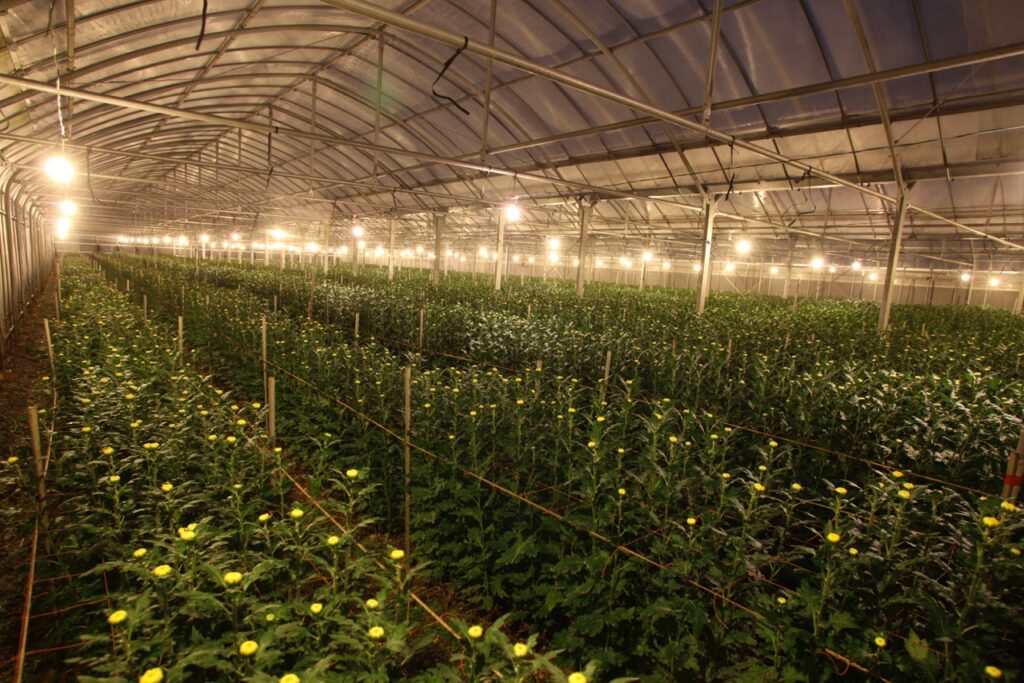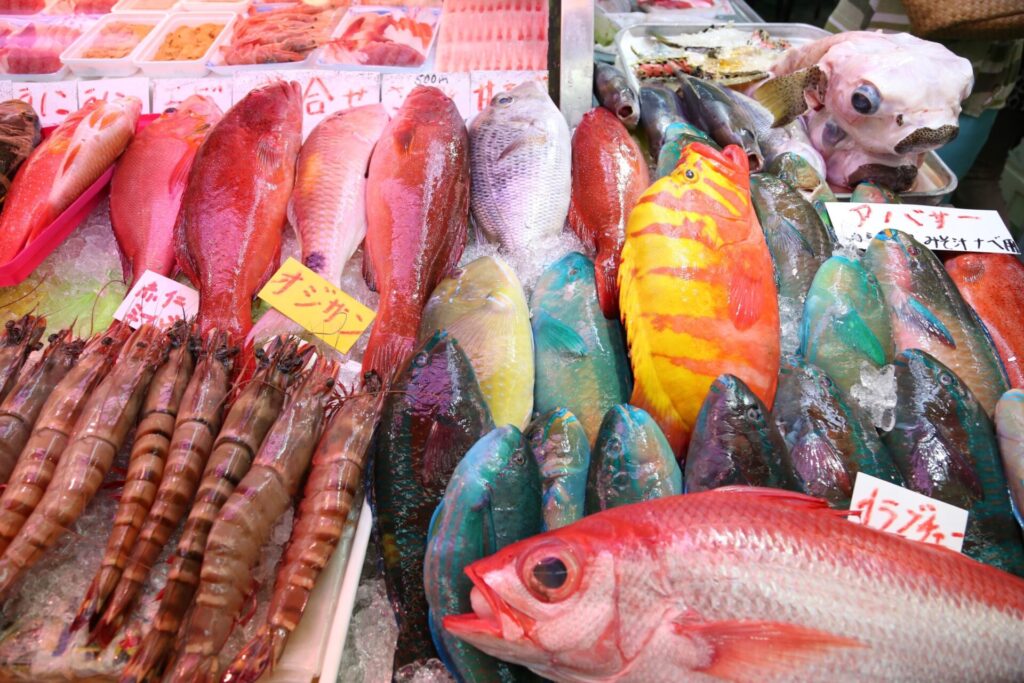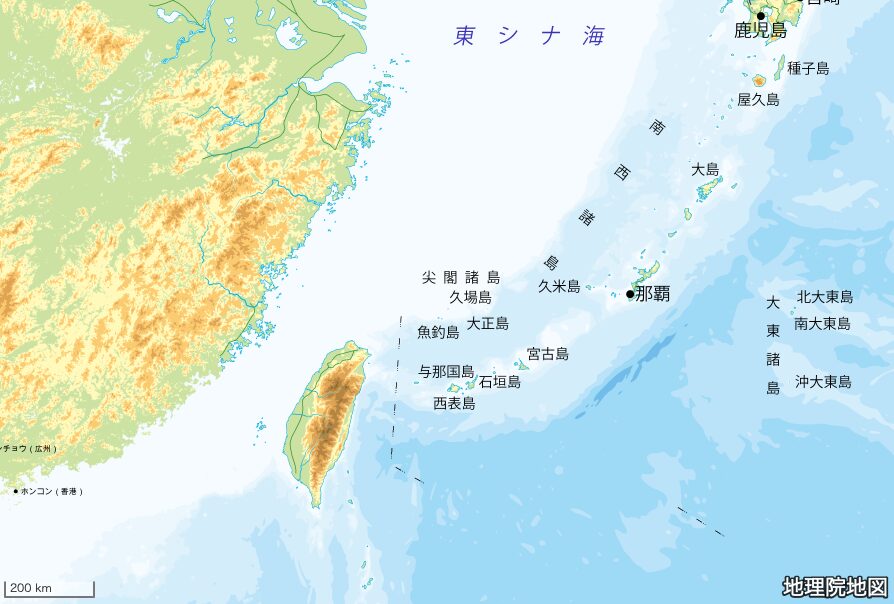Hinpun

Originating from the Chinese word for a folding screen, hinpun is the name given to a fence built in the garden. In a traditional Okinawan residence, the garden is placed between the gate and the house, and a hinpun is built to block the view of the house from the street. The good thing about a hinpun is that it is not as excluding as doors; it feels somewhat welcoming, as the garden and the house is partially visible from outside. It can be a single rock, piled stones, wooden boards, or a hedge of plants and flowers. Checking out the hinpun in front of houses is a fun part of strolling through the streets of Okinawa.
In the old days, men had to walk on the right side of hinpun and women on the left, as the guest room is often placed on the house’s right side. While the right side functioned as the main entrance and the left as the back door, the women, order takers and servants had to enter through the left side. The only time women could walk in from the right side was New Year’s Day, and they would say, “I’m entering from the right because it’s New Year’s.” (OTAKE Akiko)
Hinpun is a common feature of traditional Ryukyuan architecture.
It is placed between the gate and the house, functioning as a blind of sorts. Hinpun is also the Chinese word for a folding screen. If the gate is facing south, the guest of honor would enter through the right (east) side to reach the guest room. The left (west) side is for everyday use, as well as entering the family room and kitchen.
The hinpun of Nakamura House, the Important Cultural Property in Kitanakagusuku, is a good example of the Okinawan architectural style, where the detached room for guests stands on the east side and takakura (raised-floor storage) stands on the west side of the garden.
While it is also thought to protect the house from evil spirits, its charm lies in its dual function: blocking the view from the street while letting the southern wind into the house. As there are no doors at the gate, the southern wind hits the hinpun and diverges into two directions, letting the cool wind come through the garden and house.
In addition to being a smart solution to let the wind circulate in the subtropic climate, it also creates an open space for communication, casually inviting neighbors to enter and talk with the residents.
Removing solid doors and making the gate less intimidating, while also protecting the residents’ privacy…this kind of openness seems quite Okinawan.
Hinpun is made from various materials including stones, bricks, wood, and bamboo. Hinpun made using a hedge of orange jasmine or hibiscus creates a sense of breeziness, while on small islands like Izena, they use stacks of vivid table corals. As the gardens on those islands are covered with natural white sand, the striking contrast between the hinpun and the sand can be enjoyed under the bright sunlight.
While you can find hinpun at traditional Okinawan graveyards, in recent years they can also be seen in front of public institutions, adding a feature unique to traditional Okinawan architecture. Such hinpun are quite diverse in style: some use glass, while others include water fountains.
The large gajumaru (banyan tree) at the entrance to the shopping street in Nago is called “Hinpun Gajumaru.”1 Cherished by the locals, it has long been a symbol of the city.
Hinpun stands there as a breathing image of Okinawa. (SUGAMA Asao)
Editor’s Note:
- Hinpun Gajumaru became a designated national natural treasure in 1997.








































































































































































































































